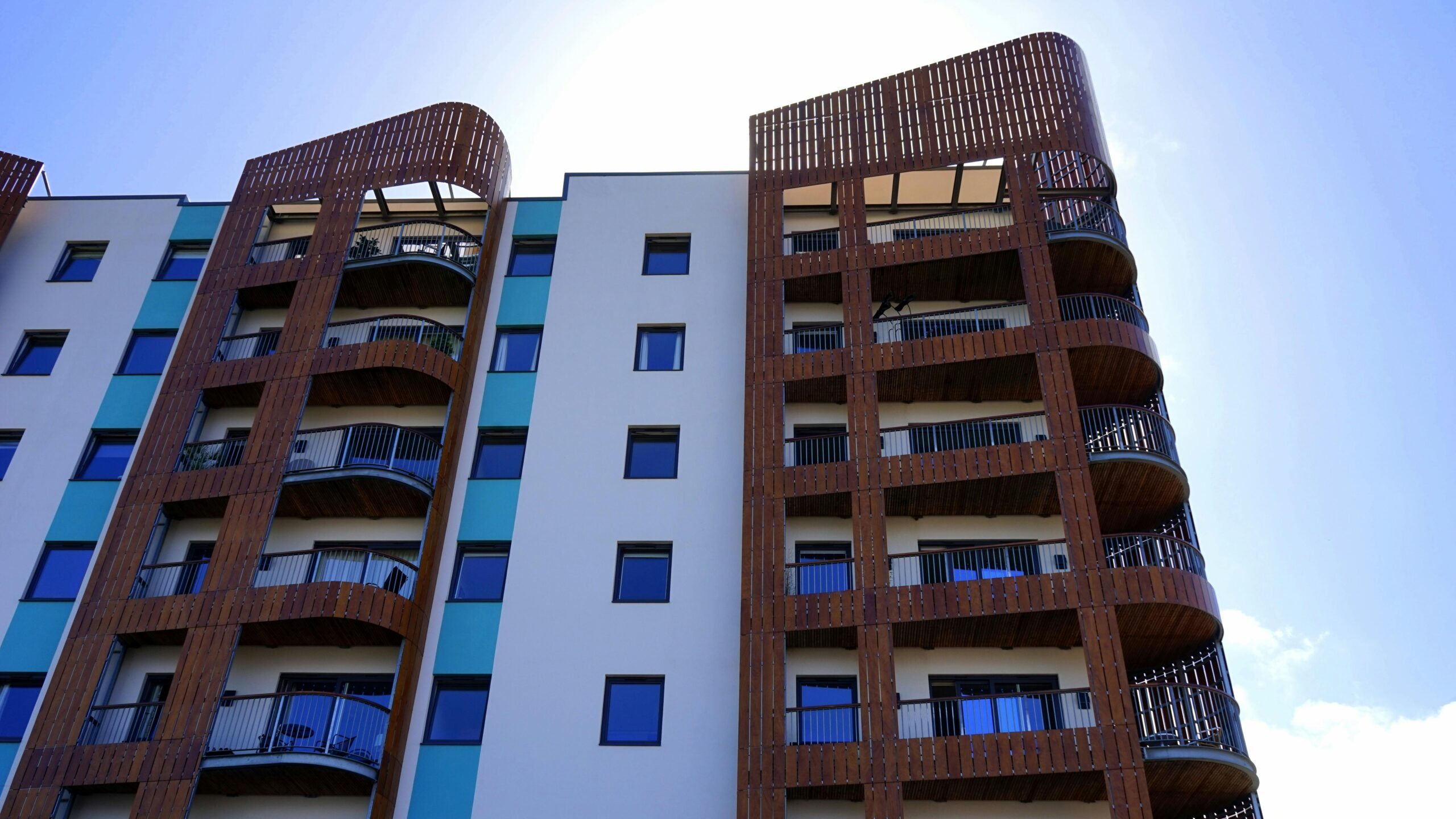Residential care facilities have become increasingly significant in providing a nurturing environment for individuals who require assistance and support beyond what can be provided in their own homes. These facilities aim to provide basic care and create an environment that truly feels like home. This blog will explore the essence of residential care and how it succeeds in fostering a sense of belonging, comfort, and community.
Understanding Residential Care
Residential care entails the provision of long-term support in a facility setting, catering predominantly to individuals in need of aid with daily tasks like bathing, dressing, and managing medications. Unlike nursing homes, which emphasize medical care, residential care facilities place a premium on cultivating a homely ambiance while tending to their residents’ physical and emotional well-being. Mavern House in Shaw offer respite care, providing temporary relief for caregivers while ensuring a nurturing environment for individuals in need of short-term assistance.
Personalized Care Plans
One of the basic aspects of residential care is the creation of personalized care plans for each resident. These plans are tailored to meet the individual needs, preferences, and health requirements. Whether it’s assistance with mobility, dietary restrictions, or specific medical needs, the staff ensures that each resident receives the attention and care they deserve.
Comfortable Living Spaces
Creating a home away from home begins with the physical environment. Residential care facilities are designed to resemble domestic settings rather than clinical institutions. Residents have their own private or semi-private rooms furnished with familiar belongings, allowing them to personalize their space and maintain a sense of identity and independence.
Community and Companionship
Loneliness and isolation can significantly impact one’s well-being, especially in later stages of life. Residential care facilities promote social interaction and companionship among residents through various activities and shared spaces. Whether it’s participating in group outings, engaging in hobbies, or simply enjoying meals together, residents have sufficient opportunities to connect with their peers and form meaningful relationships.
Nutritious Meals and Dining Experience
Food plays a fundamental role in creating a sense of home and comfort. Residential care facilities prioritize nutritious and delicious meals prepared according to residents’ dietary needs and preferences. The dining experience is about nourishment and fostering a sense of community and shared enjoyment around the table.
Holistic Approach to Wellness
Residential care goes beyond addressing the physical needs of residents; it also encompasses their emotional, social, and spiritual well-being. From recreational activities to wellness programs and access to counseling services, these facilities adopt a holistic approach to promote overall wellness and quality of life.
Supportive and Compassionate Staff
The heart of any residential care facility lies in its staff. Caregivers, nurses, and support staff play a crucial role in creating a warm, supportive, and compassionate environment for residents. Beyond providing assistance with daily tasks, they offer companionship, empathy, and a listening ear, ensuring that residents feel valued and respected.
Conclusion
In essence, residential care is more than just a place where individuals receive assistance; it’s a home away from home where they can thrive, find companionship, and enjoy a fulfilling quality of life. By prioritizing personalized care, comfortable living spaces, community engagement, and holistic wellness, these facilities succeed in creating environments that promote dignity, independence, and happiness for their residents. As the demand for residential care continues to grow, it’s essential to recognize and celebrate these facilities’ invaluable role in supporting aging individuals and those with care needs.

